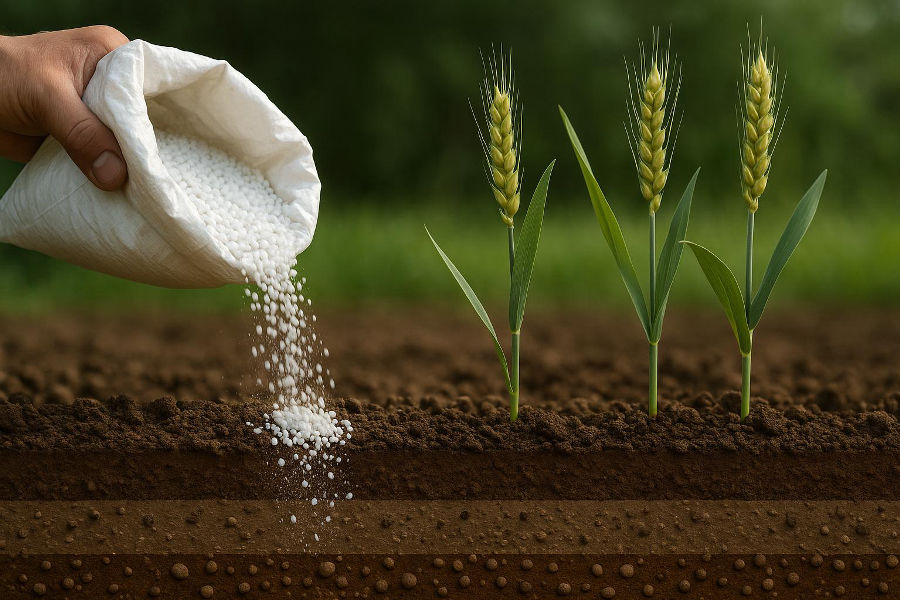Long-Term Impacts of Urea on Soil Health
Urea, a widely used nitrogen fertilizer, has played a crucial role in boosting agricultural productivity. However, long-term and excessive application can silently degrade soil health, affecting future yields and farm sustainability. Let’s explore the hidden impacts of prolonged urea use.
-
Soil Acidification
Continuous application of urea leads to soil acidification due to the release of hydrogen ions (H⁺) during nitrification. This drop in soil pH reduces the availability of key nutrients, harms beneficial soil organisms like earthworms, and negatively affects crop performance. -
Nutrient Imbalances
Urea provides only nitrogen. Over-reliance on it without supplementing phosphorus, potassium, and micronutrients results in nutrient deficiencies and poor plant health. Balanced fertilization is essential for sustainable growth. -
Organic Matter Decline
Heavy urea use speeds up the breakdown of soil organic matter, reducing soil organic carbon. This harms soil structure, reduces aeration, and limits water-holding capacity, especially in dryland areas. -
Reduced Microbial Diversity
While urea boosts some microbes (like nitrifiers), it suppresses others, leading to reduced microbial diversity. This weakens the soil’s natural ability to cycle nutrients and resist pests or diseases — a key concern in regenerative agriculture. -
Potential Salinity Issues
Repeated urea use can cause salt accumulation, particularly in low-rainfall regions or poorly drained soils. Rising soil salinity disrupts plant water uptake, affecting both crop yield and soil structure.
